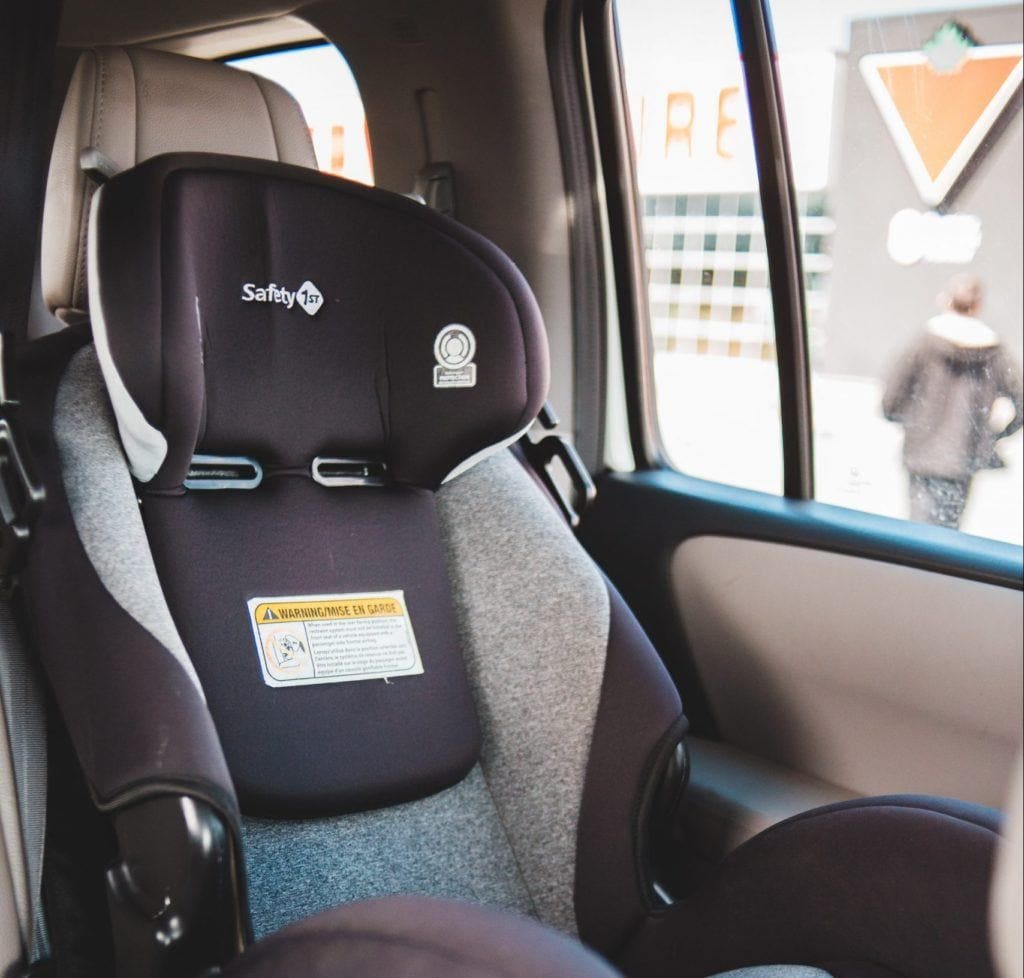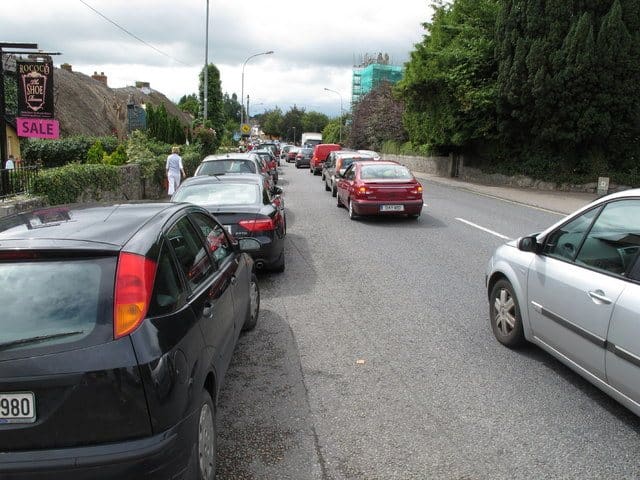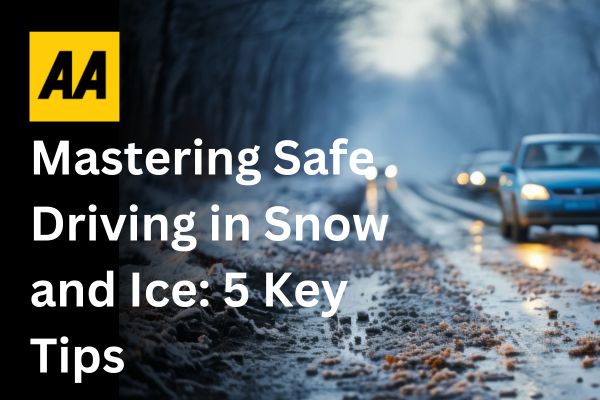Travelling with children has its fair share of challenges, but keeping the tots safe in the car is always the priority. It’s the new year, so why not take some time to check that your car is kitted out with the correct equipment for keeping young passengers safe.
Child restraint systems
As stated by law, all children under 150cm tall and weighing less than 36kg must use the correct child restraint seat, booster seat or booster cushion.
But, children grow up so fast. That means it could be time for a new car seat or booster. You can gauge what type of seat your child needs from their weight. The guidelines are as follows:
| Weight | Type of Seat |
| 13kg and under | Rearward facing baby seat |
| 9-18kg | Forward facing baby seat |
| 9-25kg | Extended rearward facing child seat |
| 15-36kg | High back booster seat |
| 22-36kg | Booster cushion |
Source: RSA Rules of the Road
Note: if your car has active airbags, do not use a rearward-facing child car seat in the front passenger seat. It must go in the back.
As the driver, it’s your legal responsibility to ensure the appropriate child restraint seat is used. Otherwise face a fine and up to 5 penalty points. The Rules of the Road state that having children properly restrained in rear-facing seats can see a reduction of injuries by up to 90-95%, and by about 60% for children in forward-facing seats. So be sure to buckle up that seat for every journey, long or short.
Choosing the right car seat
So, what should you be looking for when purchasing one of these seats? Well, there are three main points to note:
- Legally, your child restraint seat must meet EU or UN-ECE standards, and therefore bear an ‘E’ mark.
- Your seat must be appropriate for your child’s weight and height (see table above).
- It must be suitable for your car and fit properly in line with instructions on the seat itself, or with an expert’s help if needed.
It’s recommended that you buy a car seat new, rather than second-hand. This way, you can be confident that it is in good working order, with no damage. You’ll also be able to fit it correctly using the manufacturer’s guide.
Having your child car seat checked regularly is advised to enhance safety. But how much will that set you back? Well, the Road Safety Authority’s child car seat checking service, ‘Check it Fits’, is online and it’s free!
As part of the service, an expert will talk you through how to check and adjust the car seat and answer any questions you may have. You can book a free appointment here.
Seat belts
Where safety belts are fitted, you must wear them. Remember, it’s the driver’s legal responsibility to ensure that all passengers under 17 are wearing a seat belt or fitted with an appropriate child restraint system.
Parking
When you’ve parked up, always keep an eye out for pedestrians, cyclists and other vehicles as you get out of the car – consider trying the “Dutch Reach”, and open the door with your far hand so you can see what’s behind you. As per the rules of the road, passengers should exit the vehicle on the kerbside as far as possible, and extra care should be taken with children.
Never leave a child in a parked car unsupervised: there are a number of hazards that could arise and cause them injury. In particular, you may be surprised by how quickly heat builds in a parked car: an experiment by our AA colleagues in 2018 found that the temperature inside a parked car rose to levels dangerous for children in the space of 5 minutes, and reached over 40 degrees after just 12 minutes.
This blog about car safety for families is one of a series on safe driving and road use. You can check out our other post about safe stopping distances here.
You can also read our motoring advice on car safety, containing tips for older drivers and learners.










